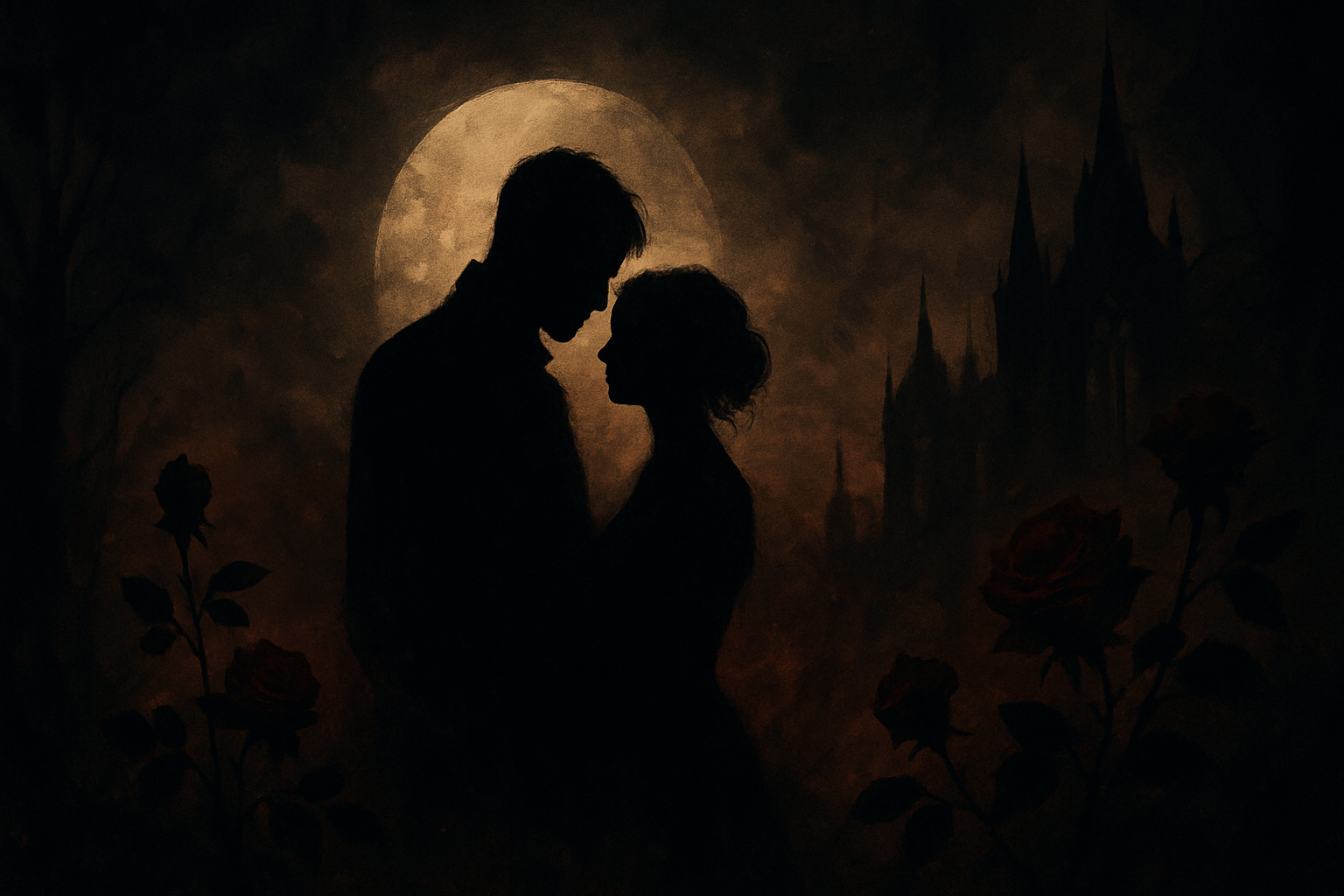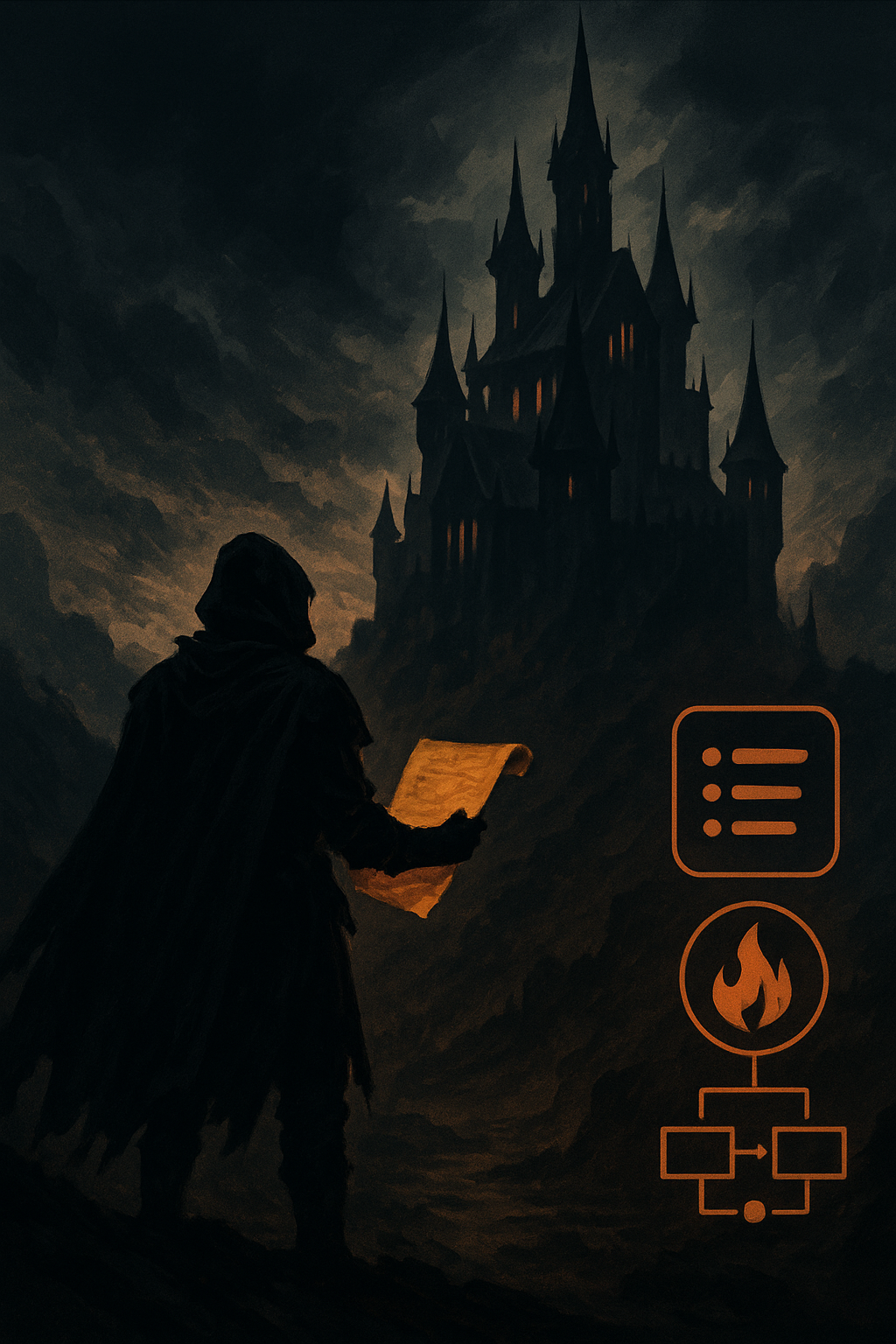A great love story feels effortless on the page, but writing one is anything but simple. Romance has become one of the most lucrative genres in publishing, with fiction stores reporting that sales of romance books rose 11% during 2023 while printed romance titles jumped 52% in the year before May 2023. At the same time, an emerging blend of romance and fantasy called romantasy generated hundreds of millions of dollars in 2024. Readers are hungry for new stories and that makes the market competitive. This guide shows you how to develop compelling characters, structure a satisfying arc and avoid the pitfalls that sink many first drafts. If you want to write a romance novel in 2025 and beyond, this is your fastest path.
Quick Answer
To write a romance novel, decide on your subgenre and hook, craft multi‑dimensional characters with clear arcs, outline the plot around key romantic beats, build chemistry through tension and sensory detail, and deliver a resolution where both protagonists have grown. Understand current market trends, avoid clichéd miscommunications and keep the romance central.
Summary
- The romance genre continues to grow: sales of romance novels rose 11% in 2023 and print sales climbed 52% in the year before May 2023. New subgenres like romantasy generated around $610 million in 2024, up from $454 million the year before.
- A successful love story hinges on flawed characters, instant chemistry, believable obstacles and a happy or hopeful ending. The romance must be the primary plot thread, not a sideshow.
- A typical romance follows beats: introduction, tension building, obstacles that pull the lovers apart and a resolution where they commit. Outlining these stages helps maintain momentum.
- Marketed subgenres matter. Defining your niche (contemporary, historical, fantasy, rom‑com, etc.) shapes tone, tropes and reader expectations.
- Miscommunication, insta‑love and one‑dimensional characters are common pitfalls. Use sensory details and thoughtful conflict to create depth.
Definition and Core Concept
A romance novel is a story in which the central plot revolves around a developing love relationship between two or more characters. It usually delivers an emotionally satisfying ending where the characters either end up together (a “happily ever after”) or at least commit to each other, giving readers a sense of hope. What sets a romance apart from other fiction that contains a love subplot is that every scene should serve the relationship; any external adventure, mystery or fantasy element must tie back to how the romance evolves. Readers expect flawed protagonists, instant chemistry, thoughtful progression and a turning point where both characters recognise their feelings.
Why It Matters
Romance has become one of the publishing industry’s strongest categories. During 2023, romance books were among the few fiction genres to see growth, with shop sales up 11% even as overall book sales declined. Print romance titles increased 52% in the year before May 2023, showing that readers are buying physical copies for comfort and collectability. The rise of romantasy—stories that fuse romance with fantasy world‑building—propelled science‑fiction and fantasy sales by over 40% between 2023 and 2024. Romantasy books alone generated about $610 million in 2024, illustrating how new subgenres can create massive opportunities. Social media communities such as BookTok amplify these trends, with titles often seeing sales spikes of several hundred percent after going viral. Understanding why romance sells helps writers position their novels effectively and meet readers’ expectations.
How to Write a Romance Novel (Step‑by‑Step)
- Choose a subgenre and know your reader. Romance encompasses many niches—contemporary, historical, romantic comedy, paranormal, fantasy and young adult. Decide which feels authentic to you and aligns with your reading tastes. Knowing your niche guides tone and helps you avoid mismatch: a rom‑com needs humor and lightness, while a fantasy romance requires world‑building. Identify what tropes (enemies‑to‑lovers, fake dating, friends‑to‑lovers) appeal to your target readers, as these will shape your plot.
- Craft a strong hook. A hook is a one‑sentence concept that encapsulates the premise of your romance. It should be unique enough to stand out yet familiar enough to fit the subgenre. For example, “two rivals compete for a promotion and discover love” or “a time‑traveling soldier repeatedly meets the same woman.” A clear hook helps you focus scenes and maintain reader interest.
- Develop multi‑dimensional characters. Readers invest in flawed, fully realised people. Spend time understanding your protagonists’ backstories, motivations, fears and desires. Each should have strengths and vulnerabilities that affect how they relate to love and each other. Avoid flat stereotypes; instead, let characters’ inner worlds inform how they speak, behave and view relationships. When characters are well developed, they almost “write themselves” and drive the plot. Ensure your leads are balanced; they should challenge and complement each other.
- Outline the romantic arc. A typical romance follows a universal structure: an introduction that sets up the premise and introduces the leads; a phase where chemistry builds and sparks fly; obstacles that pull the characters apart (external challenges or internal fears); and a final act where they choose each other despite the hurdles. Plotting these beats ensures you hit key emotional moments. Many writers use outlines—from simple spreadsheets to post‑it notes—to map scenes and manage overlapping timelines. Outlining reduces writer’s block and keeps the story focused.
- Build chemistry and tension. Romance hinges on chemistry. Show characters interacting early and often—ideally within the first chapter—to hook readers. Use dialogue, shared experiences and sensory detail to create attraction. Include multiple senses (smell, touch, taste) to make scenes vivid. Tension arises from obstacles, miscommunications and conflicting goals. Ensure conflicts are believable and character driven rather than contrived; miscommunication should stem from their personalities or situations, not from simple misunderstandings that a quick conversation could solve.
- Deliver a satisfying resolution. The story should culminate in a moment where both characters have transformed and choose the relationship. Whether they marry, decide to date or simply acknowledge their love, the ending must feel earned. The protagonists’ arcs should resolve, showing growth and healed wounds. If your story has a tragic or bittersweet ending, leave readers with hope that the characters will find happiness.
Watch‑outs
- Insta‑love and flat arcs. Instant attraction is fine, but love should develop through shared experiences. Avoid having characters declare undying devotion without showing why. Use progression and growth.
- Contrived miscommunication. Misunderstandings are natural, but if the only obstacle is a simple conversation, readers will feel cheated. Miscommunication should stem from real emotional wounds or external pressures.
- One‑note tropes. Tropes like enemies‑to‑lovers or fake dating can engage readers, yet relying solely on them leads to predictability. Give tropes a twist—combine them or set them in an unusual context—to keep things fresh.
- Ignoring subplots and secondary characters. A romance needs more than two people staring into each other’s eyes. Develop secondary characters and subplots that support the theme and provide relief, such as friendships, family dynamics or career challenges.
- Neglecting research. If your story involves specific settings or professions (like historical periods or fantasy worlds), research them thoroughly. Inaccuracies pull readers out of the story and undermine credibility.
Done Looks Like
- A clear central romance driving the plot, with a unique hook and defined subgenre.
- Well‑rounded protagonists with distinct voices, flaws and arcs that intersect and resolve.
- A structured arc hitting key beats: meet, spark, conflict, separation, reunion and resolution.
- Supporting characters and subplots that enrich the main relationship without eclipsing it.
- An ending that provides emotional satisfaction and shows that the characters’ growth makes the relationship sustainable.
Tools, Examples and Mini‑Case Notes
Many writers swear by brainstorming tools like mind maps and bubble charts to unpack ideas and tropes. Others use spreadsheets or tables to outline scenes, especially when juggling timelines or dual perspectives. Visual methods like post‑it notes allow you to reorganise plot points easily. For example, one author writing a sports romance used a table to map the season’s games alongside key romantic milestones, ensuring the external stakes and love story intertwined. Another writer drafting a historical romance adopted the snowflake method, expanding a one‑sentence idea into a full outline by gradually adding detail. These tools prevent you from getting lost in the middle act and help keep tension high.
Common Mistakes and How to Avoid Them
- Making the romance a subplot. If the relationship is secondary to a mystery, thriller or fantasy, readers looking for romance will be disappointed. Keep the love story central.
- Forcing external villains. Some writers introduce unrelated villains to create drama. The real antagonist in a romance is often the lovers’ own fears and internal obstacles. If you include an external conflict, ensure it is integral to the romantic journey and foreshadowed early.
- Unequal character development. When one lead is fully realised and the other feels like a prop, the story falls flat. Give both characters depth, goals and arcs.
- Predictable pacing. Romance readers expect familiarity, yet they also crave surprises. Combine familiar beats with unexpected twists—like reversing the expected pursuer, exploring unusual settings or including elements from other genres (e.g., romantasy).
- Neglecting market research. Trends change quickly. Subgenres such as romantasy or sports romance surge thanks to social media and adaptations. Pay attention to current trends and reader conversations so your story feels timely and marketable.
Advanced Tips or Edge Cases
- Blend genres carefully. Romantasy’s explosive growth shows readers are eager for cross‑genre stories. When blending romance with fantasy or suspense, ensure the worlds complement rather than compete. Build the fantasy setting with as much care as the relationship.
- Subvert tropes. Tropes exist for a reason, but subverting them can delight readers. Try flipping gender expectations, avoiding typical happy endings or writing love stories featuring older protagonists, LGBTQ+ relationships or polyamory. Be respectful and research experiences outside your own.
- Play with structure. Most romances follow three acts, but some authors experiment with nonlinear timelines or dual points of view. Dual POV can show both sides of the relationship and heighten tension. Nonlinear storytelling allows you to juxtapose the beginning and end of a relationship, deepening emotional impact.
- Use social media strategically. Communities like BookTok can catapult unknown titles to bestseller lists. Engage with readers genuinely and share behind‑the‑scenes content. Understand the micro‑niches (dark romantasy, sports romance) that are trending and consider how your story fits.
Implementation Checklist
- Decide on your romance subgenre and identify your target reader.
- Create a one‑sentence hook that defines your premise and conflict.
- Develop detailed character profiles, including backstory, goals and flaws.
- Choose your point of view (single, dual, first person or third person) and sketch your setting.
- Outline the romance arc using beats: hook, inciting event, first plot point, pinch points, midpoint, dark moment, climax, resolution.
- Brainstorm obstacles and miscommunications that arise naturally from characters’ motivations.
- Use a mind map, table, post‑it notes or snowflake method to organise scenes.
- Write early scenes showing chemistry and build sensory detail into interactions.
- Balance the romance with subplots and side characters that support the theme.
- Revise for pacing, removing contrived obstacles and strengthening the protagonists’ arcs.
FAQs
What length should a romance novel be? Romance novel lengths vary. Category romances (often produced by series publishers) run between 50,000 and 70,000 words, while single‑title romances can range from 80,000 to 100,000 words. Fantasy or historical romances often exceed 100,000 words due to world‑building. Focus on telling the story well rather than hitting a specific number.
Do I need a “happily ever after” ending? Readers expect either a “happily ever after” or a “happy for now” ending where the couple commits and there is hope for their future. Tragic romances exist, but if you choose a bittersweet ending, ensure the story still offers emotional payoff and growth.
How do I choose a subgenre? Consider what you enjoy reading and where your ideas fit. Research popular subgenres—contemporary, historical, romantic comedy, fantasy—and see which aligns with your voice. Look at market trends to gauge demand; for instance, romantasy sales surged over 40% year‑over‑year.
How much explicit content should I include? Steam level varies across romance categories. Some readers prefer closed‑door kisses while others enjoy explicit scenes. Decide what you’re comfortable writing and what your target audience expects. Regardless of heat level, focus on emotional intimacy and consent.
Can I include multiple love stories? Yes, but ensure there is a primary couple whose journey drives the plot. Secondary romances can enrich the story if they mirror or contrast the main relationship without stealing focus. Make sure all threads resolve satisfactorily.
How do I make my characters feel real? Ground them in specific details—jobs, family, hobbies—and give them distinct voices. Let them make mistakes, learn and change. Use sensory description and show how they react physically and emotionally to situations. Remember that readers connect with flaws and vulnerabilities as much as strengths.
How do I avoid clichés? Read widely in your subgenre to see what’s overused. Avoid leaning too heavily on tropes without adding your own twist. Consider unusual settings, professions or character backgrounds. Make sure motivations are fresh and conflicts arise organically rather than from tired plot devices like a secret baby or villainous ex.
Create a full fiction book that matches your preferences and start reading in minutes with Kibbi. You keep the rights. Whether you crave a sizzling enemies‑to‑lovers tale or a cosy friends‑to‑lovers story, Kibbi can craft a novel tailored to your taste.
Looking Ahead
Romance writing rewards honesty, craft and awareness of your audience. The genre continues to evolve, blending with fantasy, science fiction and other forms to create fresh experiences. By committing to well‑drawn characters, a solid structure and genuine chemistry, your love story can stand out in a crowded market. Keep reading, keep writing and embrace the challenge—your readers are waiting.
.png)




.png)



